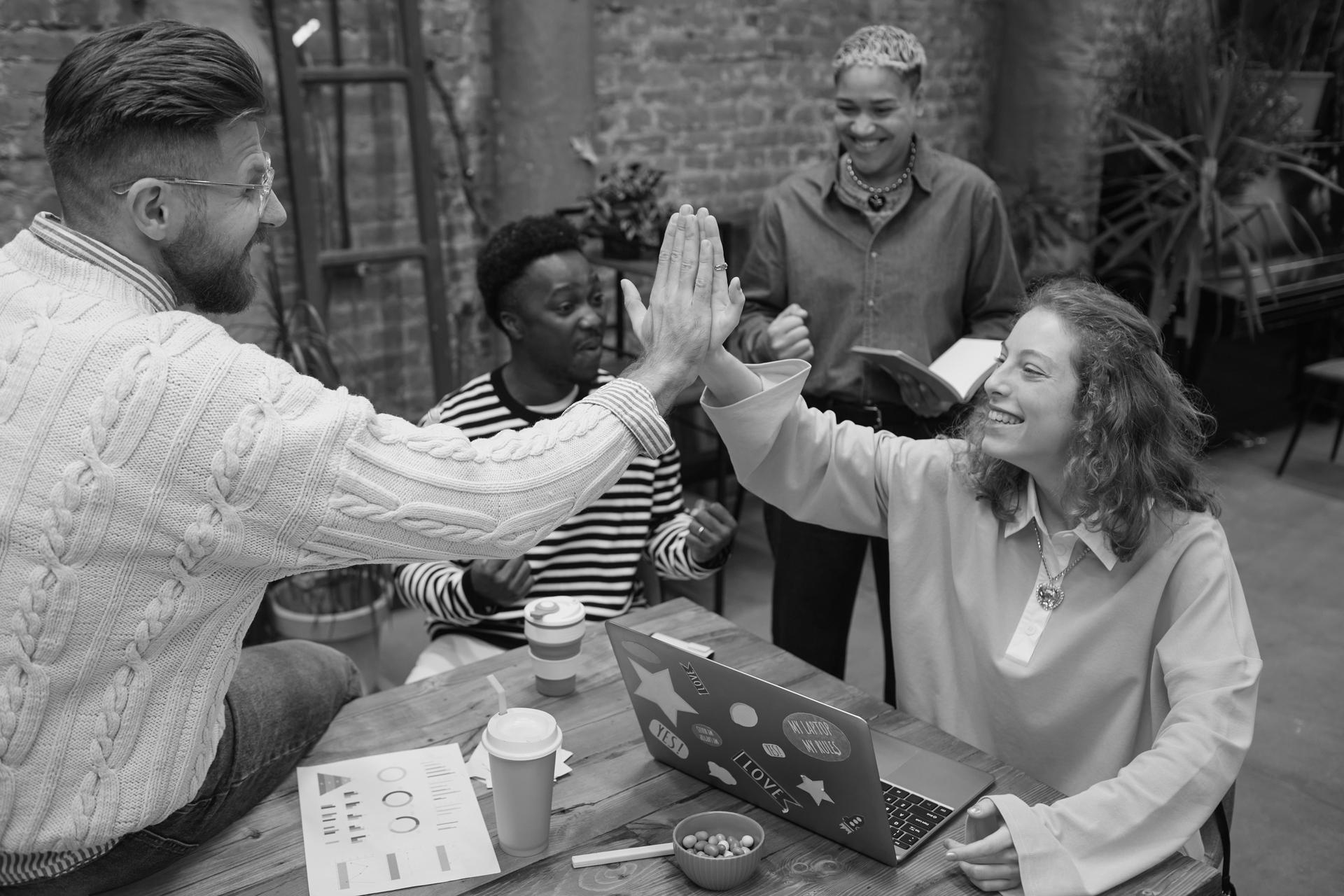Company & community
The case study that proved empathy wins: Inside our winning strategy for the DITAP challenge
Company & community
3 min read
What if we told you the key to solving complex problems isn’t a new technology or a disruptive strategy, but something far simpler and more powerful: empathy?

A few months ago, something big happened here- and it’s time to let the cat out of the bag.
We were named a finalist in the Digital Acquisition Professional Program Case Study Challenge — a national competition hosted on Challenge.gov that asked participants to tackle one of the toughest realities in federal acquisition: navigating stakeholder and decision-making challenges in a high-stakes, high-complexity environment.
The case study scenario was deceptively simple: a federal agency needed to acquire a cloud-based CRM system. But beneath the surface, it was a tangle of competing priorities, legacy technology constraints, compliance requirements, and deeply entrenched “this is how we’ve always done it” mindsets.
Too often, solutions focus on processes or systems, forgetting the most critical element: the people involved. We knew that to stand out, we couldn’t just present a solution — we had to tell a story to put the learner directly in the shoes of a project leader facing difficult conversations. We didn't just build a training module; we built a better way of working.

1️⃣ Narrative clarity – We turned a dense, technical problem into a story people could follow and care about.
2️⃣ Stakeholder empathy – Every voice was heard, every concern mapped, every priority respected.
3️⃣ Facilitation strategy – Practical tools to guide teams through resistance and ambiguity.
4️⃣ Decision-making frameworks – Clear models for aligning IT, compliance, and contracting.
5️⃣ Behavioral insight – We addressed the “why” behind resistance, not just the “what” of the solution.
6️⃣ Inclusive design – Solutions that worked for everyone, not just the loudest voices.
7️⃣ Scalable impact – A blueprint that others could adapt to their own challenges.
This wasn’t just a win for us. It was proof that human-centered design and storytelling can cut through complexity — even in the most rigid systems.
It’s a reminder that change doesn’t happen through process alone. It happens when people feel seen, heard, and part of the solution. And we build smarter systems through empathy and insight.
This recognition validates our commitment to creating learning solutions that deliver transferable techniques and tangible results. We’re not just a company that builds training; we’re a partner that helps clients and communities drive meaningful progress.
If you’ve ever faced a project where the technical challenges were matched only by the human ones, you’ll find something useful here.
Read the full case study on TechFar Hub
If you’re navigating your own high-stakes, high-complexity challenge — whether in government, business, or community work — we’d love to talk.
Let’s explore how storytelling, empathy, and facilitation can help you move from gridlock to progress.
loading resources